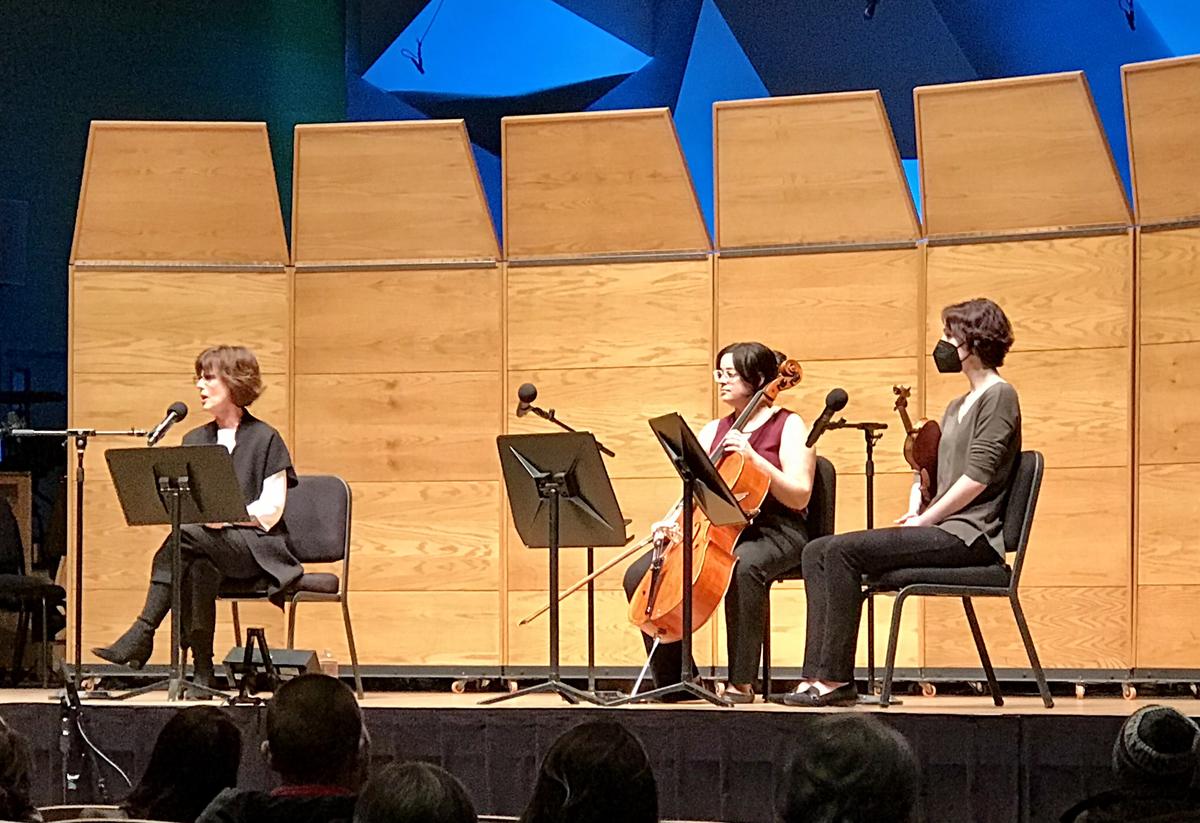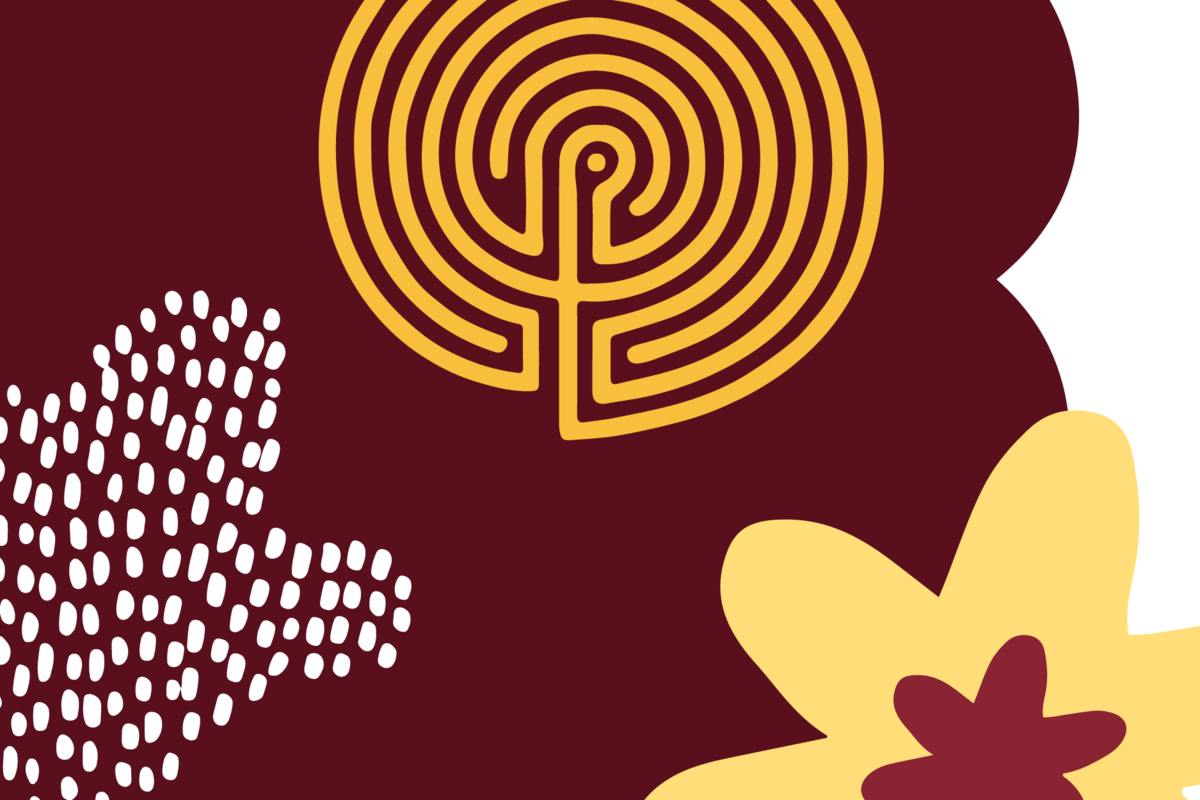CSH Mindfulness Newsletter – Issue 24 Understanding Three Types of Mindfulness Meditation
January 1, 2022
Louise Delagran
I spent many years convinced I was not a good meditator because I thought the practice was all about paying attention to the breath, and I was prone to thinking. I told myself I was simply not able to focus. Then one day a teacher introduced a practice where we observed whatever was arising at that moment (including thoughts) and just allowing it all, with kindness. It was a revelation!
I had not realized that focusing on the breath is just one way to practice. Learning that I could focus my attention on other objects, and in a more accepting and gentle way, allowed my meditation to feel more natural and helped me get over my self-judgment. So, if you are judging your own practice or looking for new inspiration, the following approaches to meditation practice might be helpful. A key to them all is bringing a quality of openness and self-compassion to the awareness, regardless of the object.
First, a disclaimer that I will not discuss loving-kindness or other meditations where we actively encourage the development of a particular mind state—that is for another day. I am instead exploring these three types of mindfulness meditation practices:
- Paying attention to a specific object, such as the body or breath (focused awareness practice)
- Paying attention to whatever arises (flexible awareness practice, also known as choiceless)
- Noticing or resting in awareness itself (field of awareness practice, also known as open or natural awareness)
Let’s explore each a little more.
Focused meditation practice
This meditation approach uses an object, such as the breath or other bodily sensation to train our attention. We set the intention to pay attention to our chosen object (sometimes referred to as our anchor) and to return to it whenever our mind wanders.
What we are really doing is learning to pay attention to what is happening right now. In our daily lives we are often lost in thought – typically remembering the past or anticipating the future. But when we pay attention to our body, we are by default aware of the current moment--because our bodies are always in the present. This practice gathers all our distracted energies into the direct experience of the moment. It collects our mind.
Over time this practice can help us build our capacity to focus and sustain attention. We develop the ability to be with what is happening in the present moment, as opposed to being lost in thought. How and when this develops is different for everyone, so it is helpful to practice patience and let go of expectations and judgments.
Flexible meditation practice
With this approach, we start with an anchor—body, breath, sound, but we are also attentive and receptive to whatever else may arise, such as thoughts or emotions. So, for example, when a thought arises, we let go of our anchor and notice the thought as just another experience in the flow.
We note and allow, but don’t get lost or swept away. It is though we are simply observing clouds pass by in an expansive sky: we are observing from the outside.
Over time we develop the habit of noticing thoughts without attachment, watching them arise and pass, and then gently returning to our anchor.
Field of awareness practice
In any type of meditation there is awareness that knows the objects we are observing—that breathing is happening, that thinking is happening, that hearing is happening. In the focused and flexible meditation practices, you notice the objects. But over time, you may naturally become more aware of awareness itself.
Objects, such as sound, thoughts, emotions, body sensations will arise, but more in the background. The foreground becomes the noticing itself—the awareness that you are experiencing. You might have a sense of a field of awareness that you are resting in, perhaps with these markers:
- You can watch objects come and go within a larger frame of awareness
- You are simply being—without needing to do anything
- There is a feeling of timelessness, ease, and/or expansiveness
This type of awareness is experienced differently by different people, and even differently from day to day in individuals. But it is often accompanied by a sense of wholeness, contentment, ease, connection.
14-min field of awareness meditation
Explore each
Click on each of the links to practice with the different approaches. You might find one immediately resonates more. Or you may find that you like different types of meditation for different situations or moods. It is useful to have options. And of course, it is especially useful if it calms self-judgment and doubt about your ability to practice mindfulness meditation!
You can also explore how these three approaches manifest as different flavors of awareness in your daily life. After all, we practice meditation in part to develop our ability to be present, so it is rewarding to notice as these qualities spring forth in our lives. Hoping that your practice this month is fruitful--which ever approach you choose.


